“The common or garden Lithuanian driver is notable for possessing certain eccentric habits almost unheard of in the West. A typical, edge-of-the-seat adventure sat beside a local Lewis Hamilton comes with a lashing of tailgating, cutting lanes and dangerous overtaking manoeuvres.”
Vilnius in your pocket
We picked up our hire car from the street in Vilnius. Literally! We met Thomas in the street and sat in the car to complete the paperwork. We then drove across to the west coast of Lithuania to the lovely town of Klaipeda.
This miraculous little mouse is the smallest monument in Klaipeda. His ears are for whispering dreams into which supposedly come true. The first mouse was unveiled in 2006 and promptly stolen. We whispered into the replacement's ear.
It was a short ferry ride across to the Curonian Spit. On our way to Nida we visited The Hill Of Witches.
“Although the Soviet Union softened after Stalin's death, life under Khrushchev still wasn't easy for artists and religious people, especially in the satellite states. Being both an artist, and a devout Christian, Vilius Orvydas felt constantly harassed by the Soviet system. Yet from his repression, he created a beautiful and innovative rebellion in the form of an open-air sculpture garden on his family's land in Lithuania. While his work was not done in direct opposition to Soviet rule but more out of a curious sense of art and religion, many flocked to the gardens and considered him a great rebel against the oppressive regime.”
We also visited a disused underground nuclear missile launch site in the middle of a forrest that has been turned into a Cold War Museum. It was amazing! From 1962 to 1978 the Russians kept this place a secret, even to the locals, until the Americans found it using satellite. It had four nuclear missiles which were 23 m long and could be launched in 10 hours. Their range was 2000 km and they could potentially destroy 100 square km. Thankfully none were ever fired.
Note the barbed-wire fences.
I love a good peaceful protest!
Stay tuned for the Latvian leg of our Baltic Bonanza!
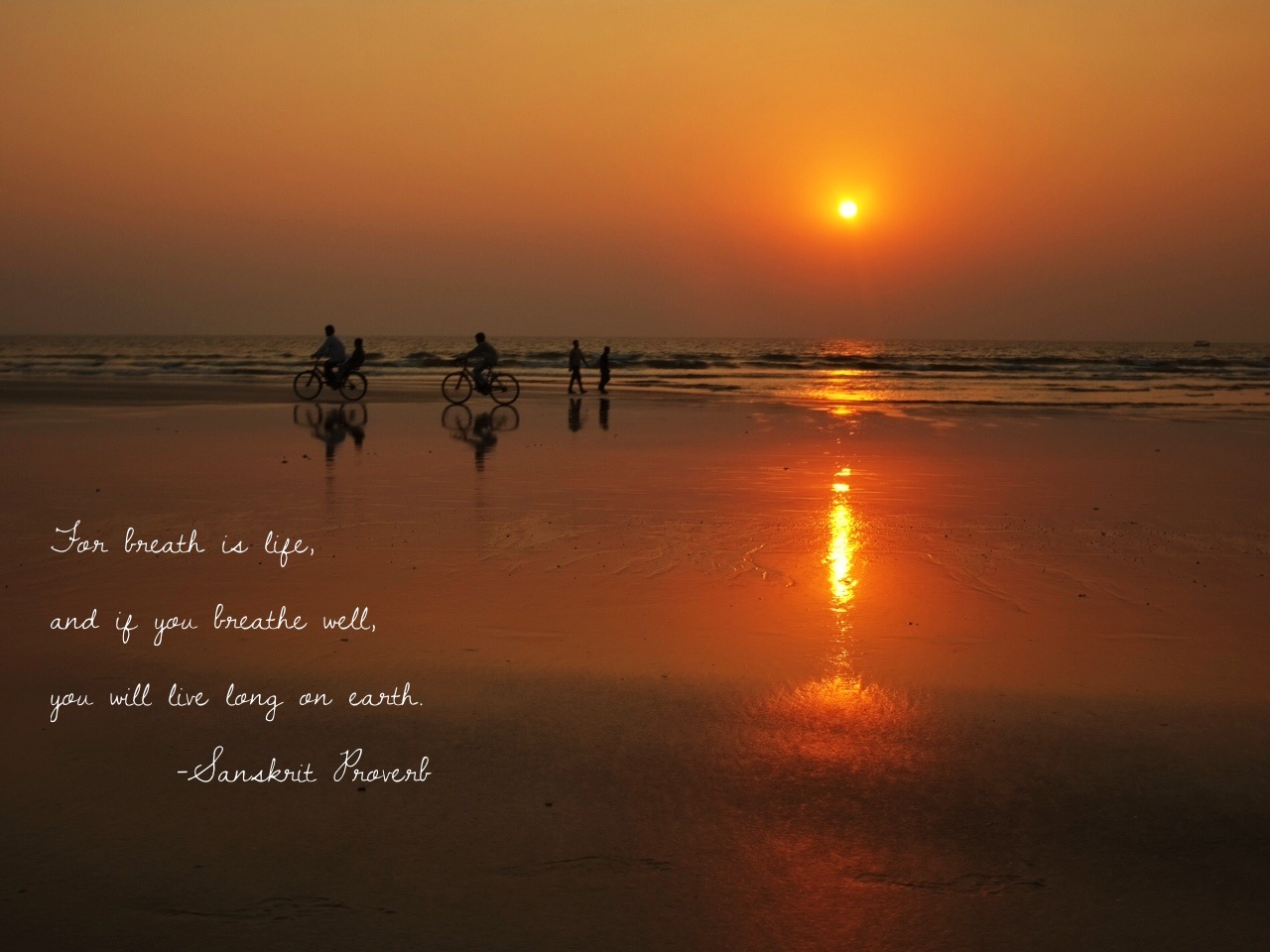

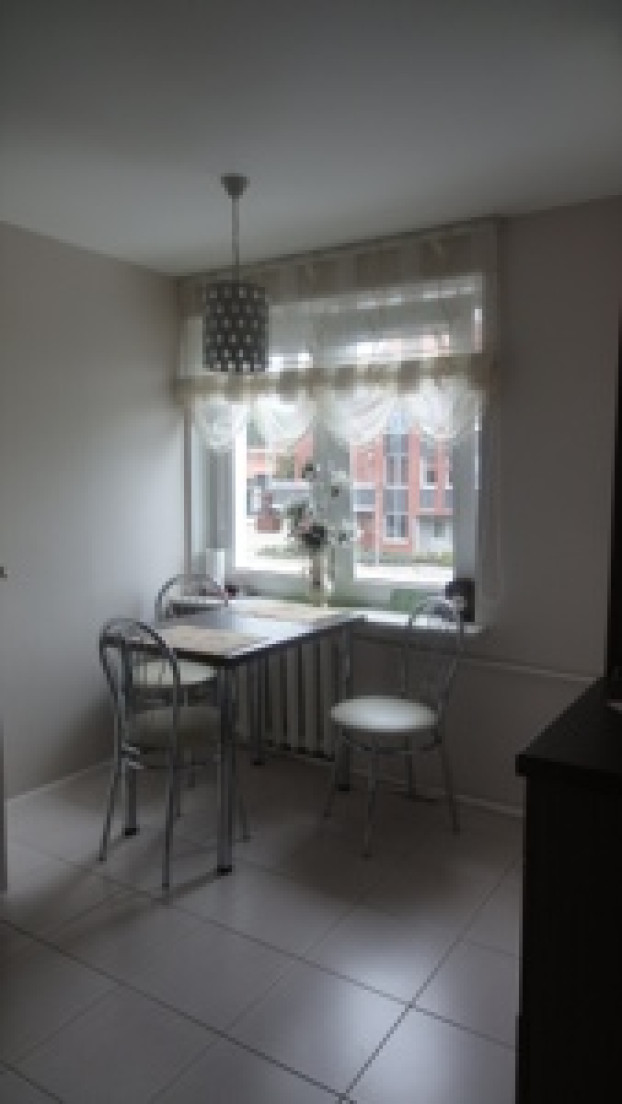

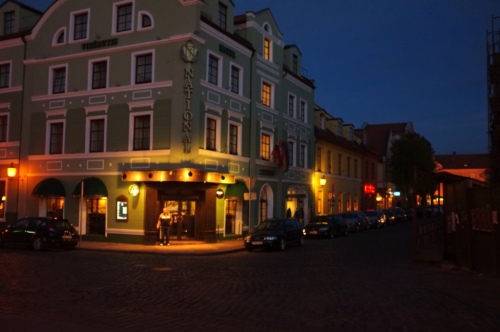
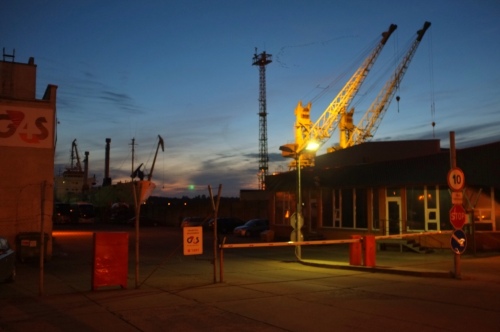

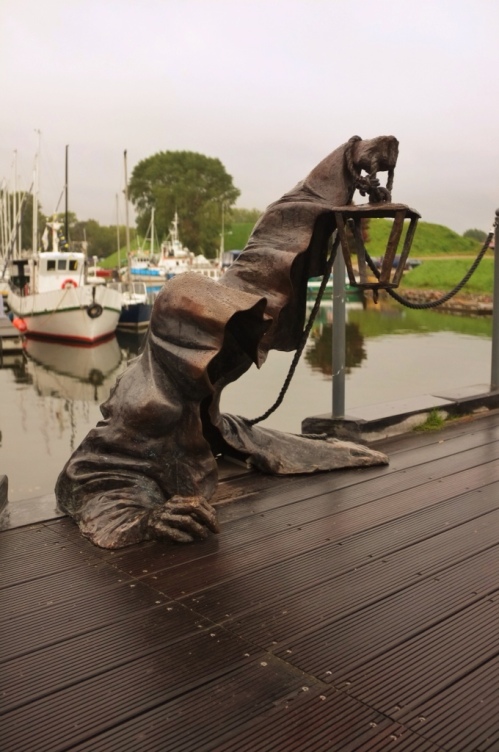
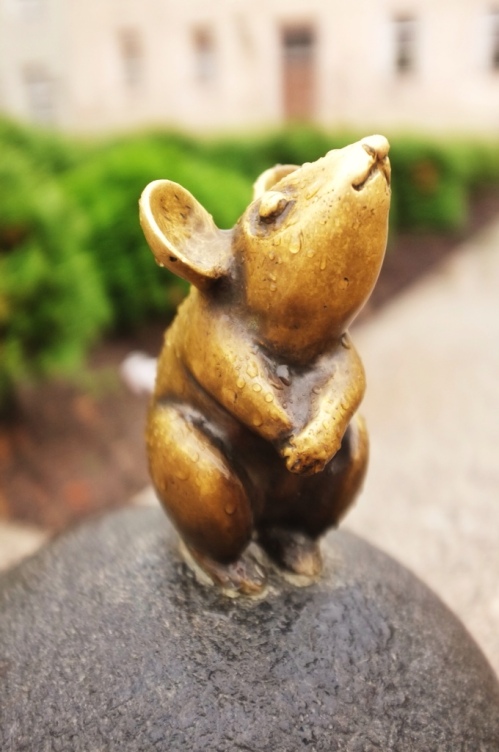
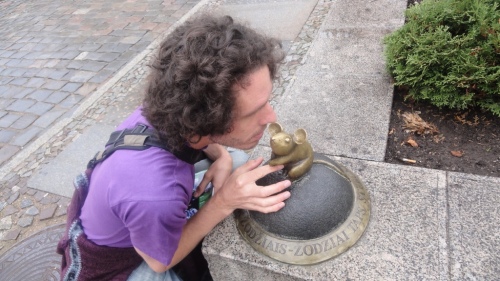
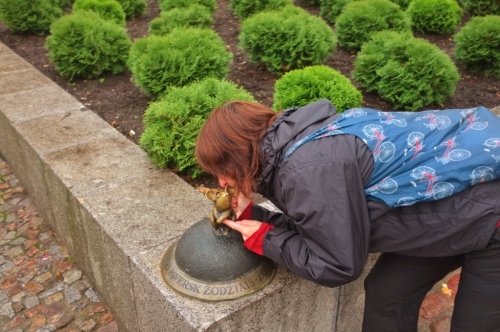
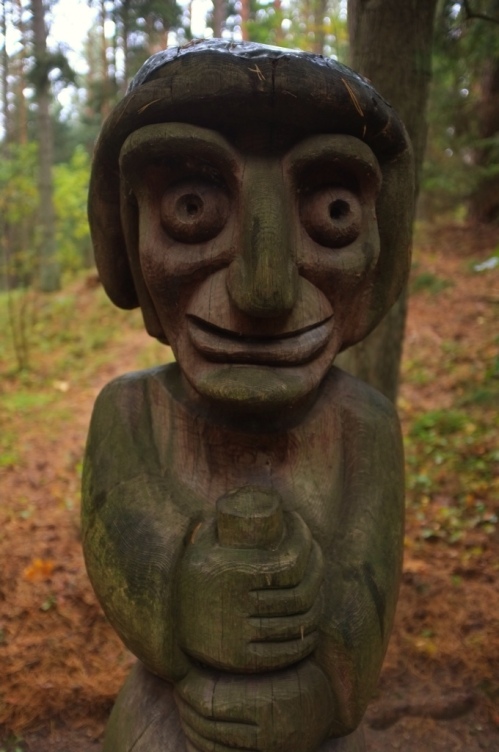
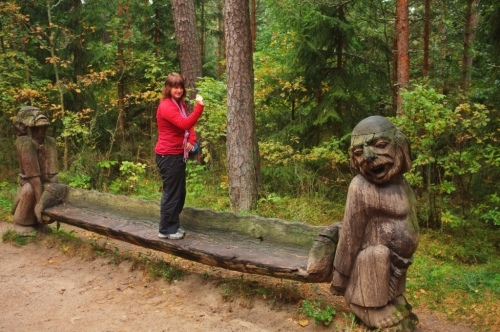

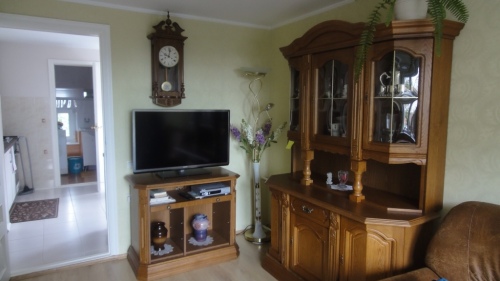
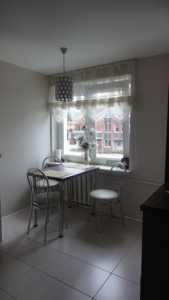
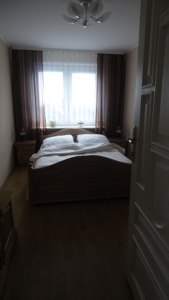
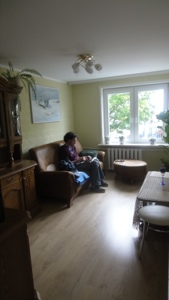

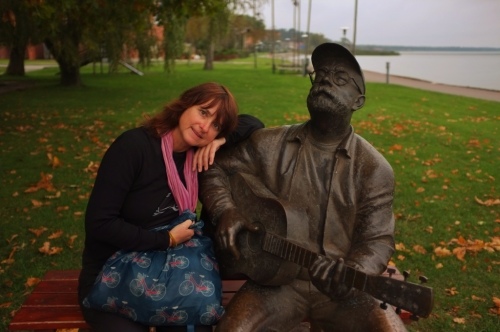
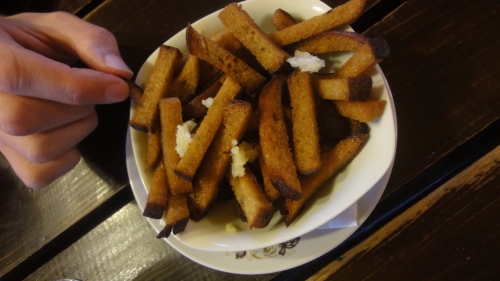
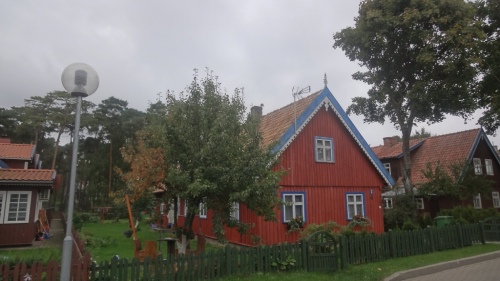
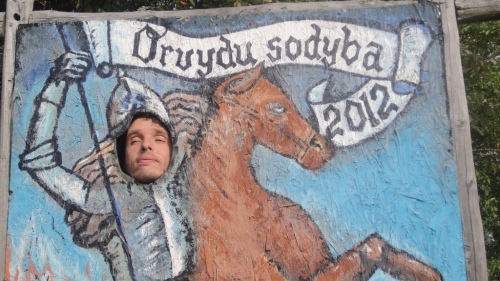
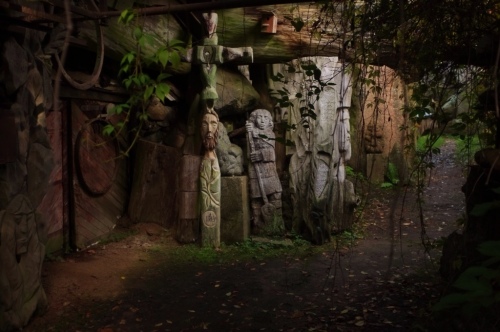





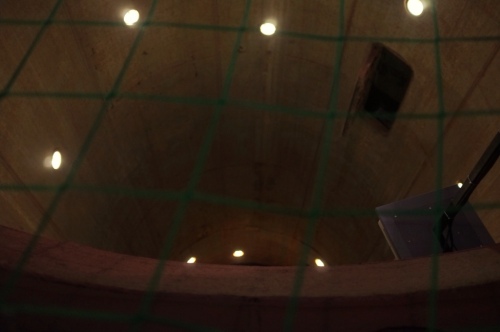
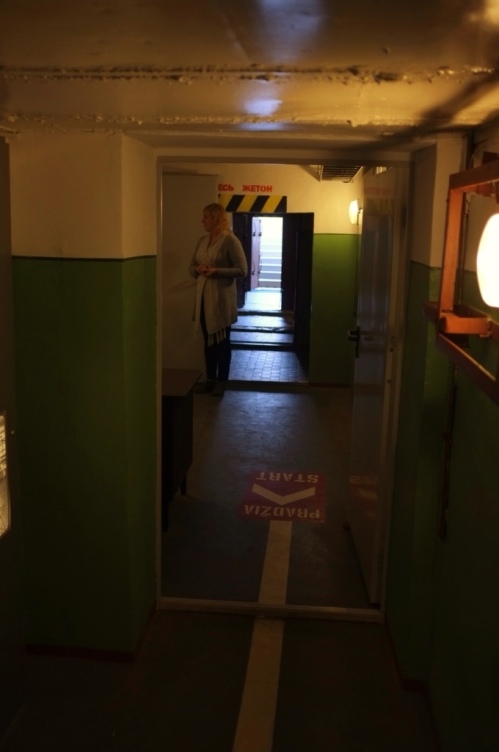
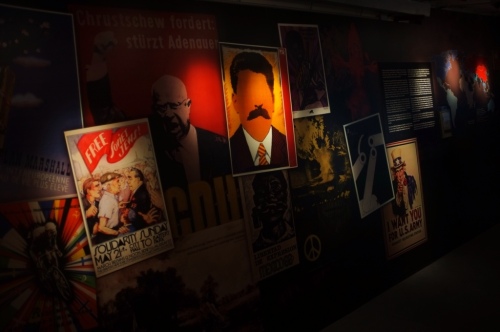
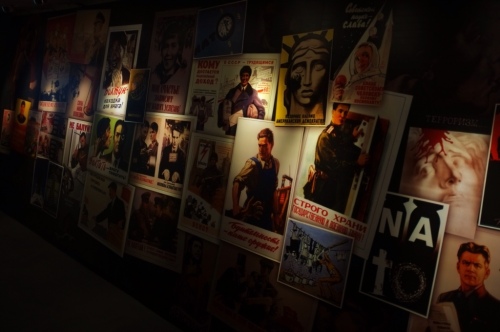
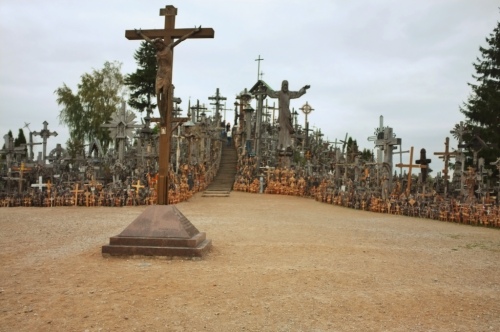
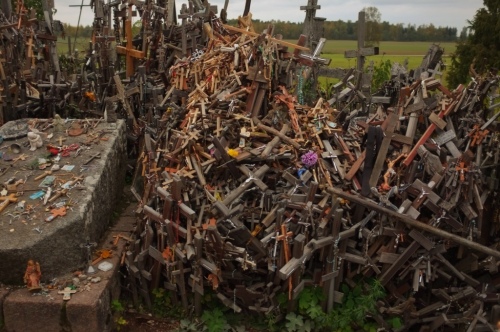

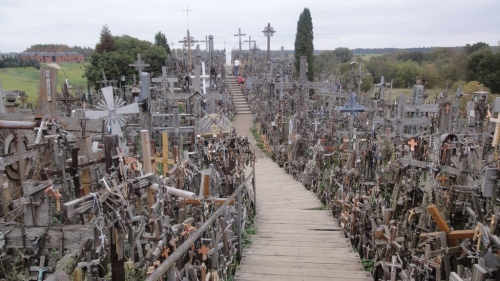
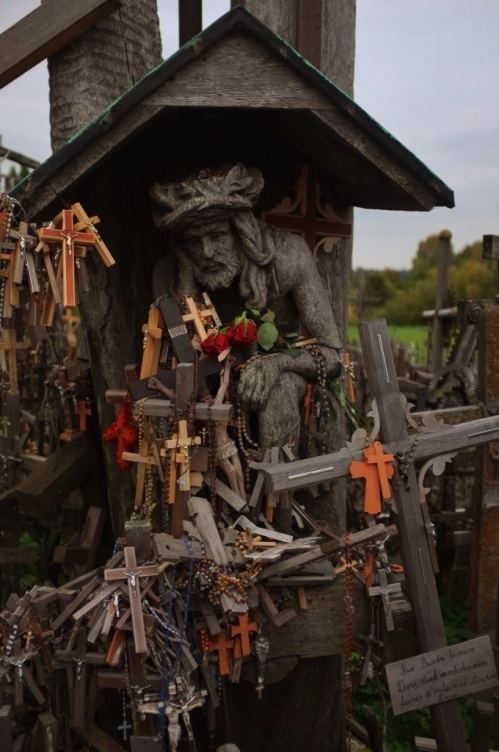
strollingsouthamerica says:
Lots of quirky places in the Baltics. I remember I really wanted to see the Hill of Crosses, but didn’t have time – will have to return one day.